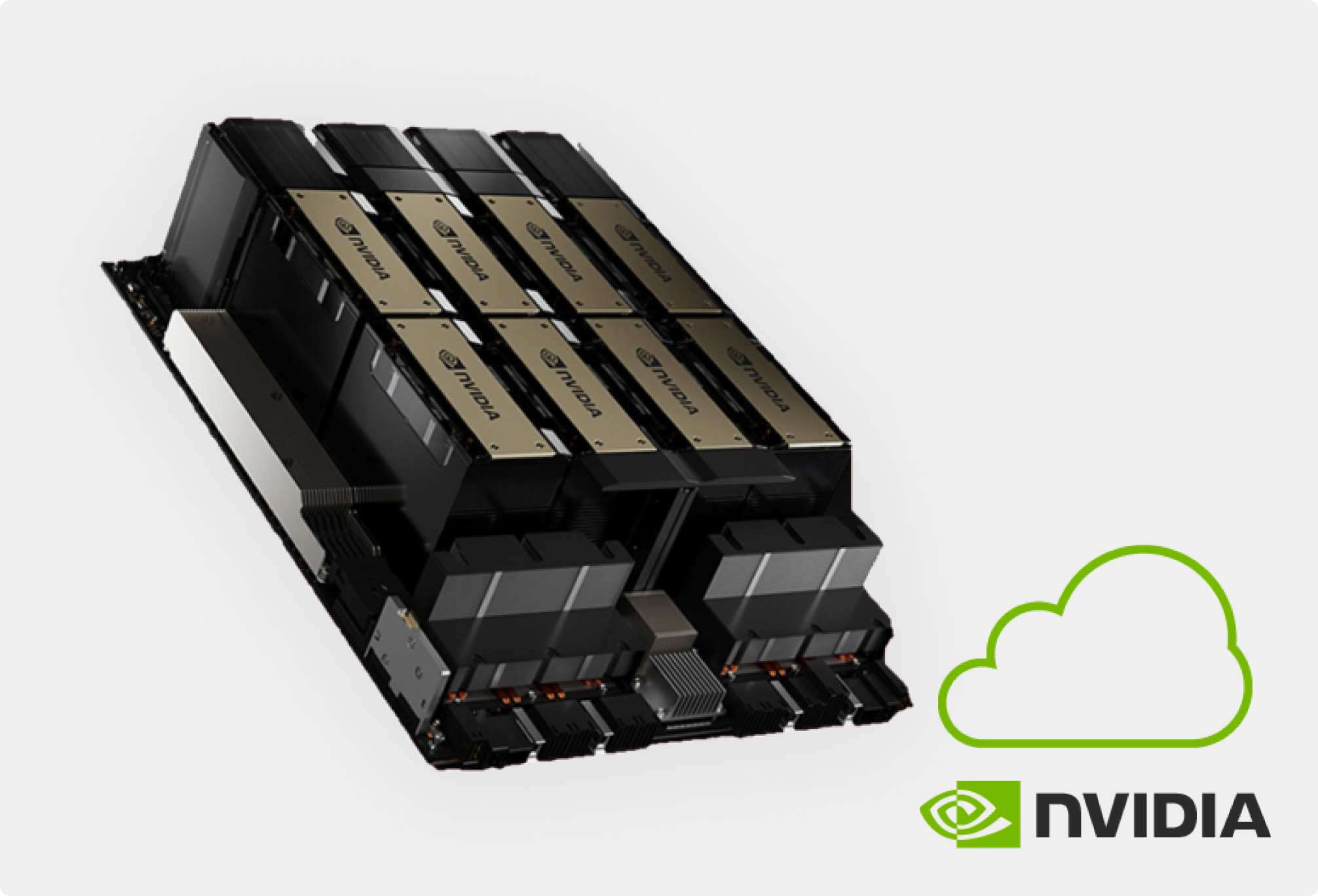
Below is a hybrid performance ranking chart (ladder chart) of known NVIDIA GPUs and compute cards, blending consumer graphics cards (GeForce RTX/GTX series) with professional compute-focused cards (like NVIDIA’s A100, H100, and other data center GPUs). This chart ranks them based on a combination of gaming performance (frames per second in modern titles) and compute performance (e.g., FP32/FP16 teraflops, AI/ML workloads, and professional rendering). Since exact performance varies by use case, this is a generalized hierarchy reflecting relative power as of April, 2025.
The ladder moves from highest to lowest performance, with brief notes on each card’s strengths. I’ve avoided overly technical jargon to keep it readable, while ensuring the ranking reflects real-world utility for both gaming and compute tasks.
| Tier | Model | Architecture | Type | Performance (FP32) | Highlights |
|---|---|---|---|---|---|
| 1 | H100 | Hopper | Compute Card | Up to 141 TFLOPS | AI/ML/scientific computing monster; not for gaming |
| RTX 5090 | Blackwell | Gaming GPU | ~50–60% > RTX 4090 | Gaming king, future-proof, elite for creators (speculative) | |
| A100 80GB | Ampere | Compute Card | 19.5 TFLOPS | Dominates AI training/inference, no gaming | |
| 2 | RTX 4090 | Ada Lovelace | Gaming GPU | ~35 TFLOPS | 4K ray tracing beast, strong hybrid performance |
| A40 | Ampere | Compute Card | 37.4 TFLOPS | Rendering, simulation, virtualization focused | |
| RTX 4080 Super | Ada Lovelace | Gaming GPU | ~30 TFLOPS | 1440p/4K gaming, solid creator compute | |
| 3 | RTX 5080 | Blackwell | Gaming GPU | TBD (est. ~30+ TFLOPS) | High-value next-gen gaming/compute (speculative) |
| RTX 4070 Ti Super | Ada Lovelace | Gaming GPU | ~22 TFLOPS | Balanced for gaming/creation, 16GB VRAM | |
| V100 32GB | Volta | Compute Card | 15.7 TFLOPS | Once a leader in AI/ML, still usable in legacy workflows | |
| 4 | RTX 4060 Ti | Ada Lovelace | Gaming GPU | ~15 TFLOPS | Great 1080p/1440p gaming, modest hybrid use |
| RTX 3060 Ti | Ampere | Gaming GPU | 16 TFLOPS | Excellent price-performance, still relevant in 2025 | |
| P100 | Pascal | Compute Card | 10.6 TFLOPS | Older ML workloads, no gaming today | |
| 5 | RTX 3050 | Ampere | Gaming GPU | ~9 TFLOPS | Entry-level 1080p gaming, minimal compute |
| GTX 1660 Super | Turing | Gaming GPU | ~5 TFLOPS | No ray tracing or DLSS, fading in relevance | |
| T4 | Turing | Compute Card | 8.1 TFLOPS | Low-power AI inference, not for gaming |
Notes on the Ranking
- Gaming vs. Compute Balance: Consumer GPUs (RTX/GTX) prioritize graphics performance, while compute cards (H100, A100) focus on parallel processing for AI, simulations, and rendering. This hybrid chart weighs both, so an H100 tops the list for compute but wouldn’t game, while an RTX 5090 excels across both domains.
- FP32 (single-precision float) performance is commonly used for general compute tasks. AI workloads often benefit more from lower-precision formats (like FP16, BF16, FP8), where cards like H100 shine even more.

Leave a Reply